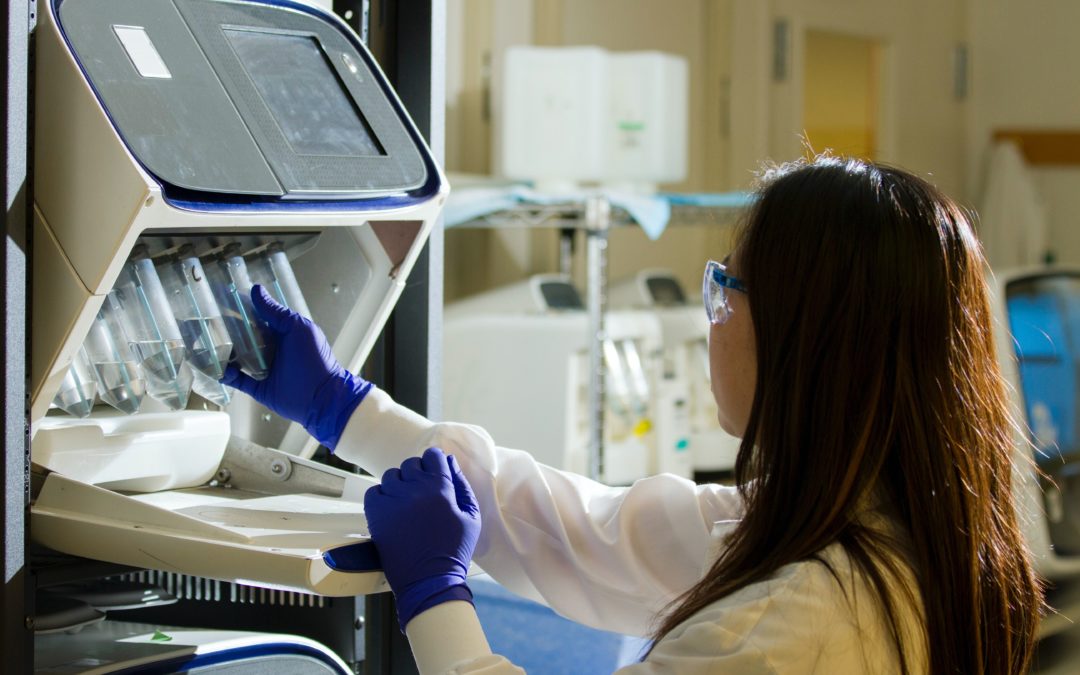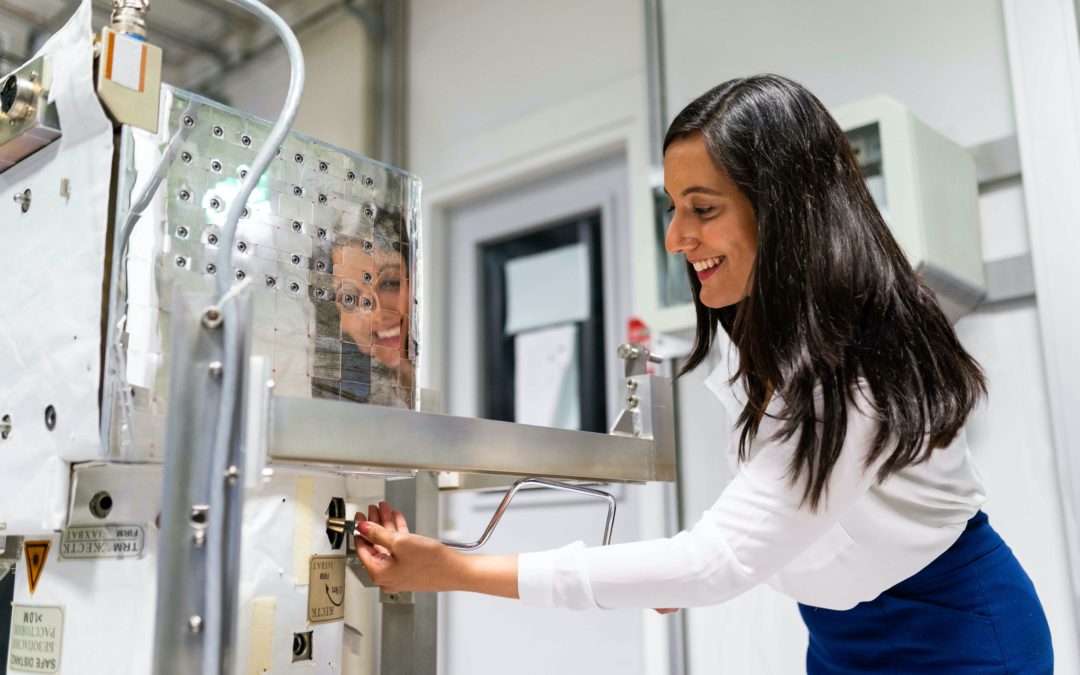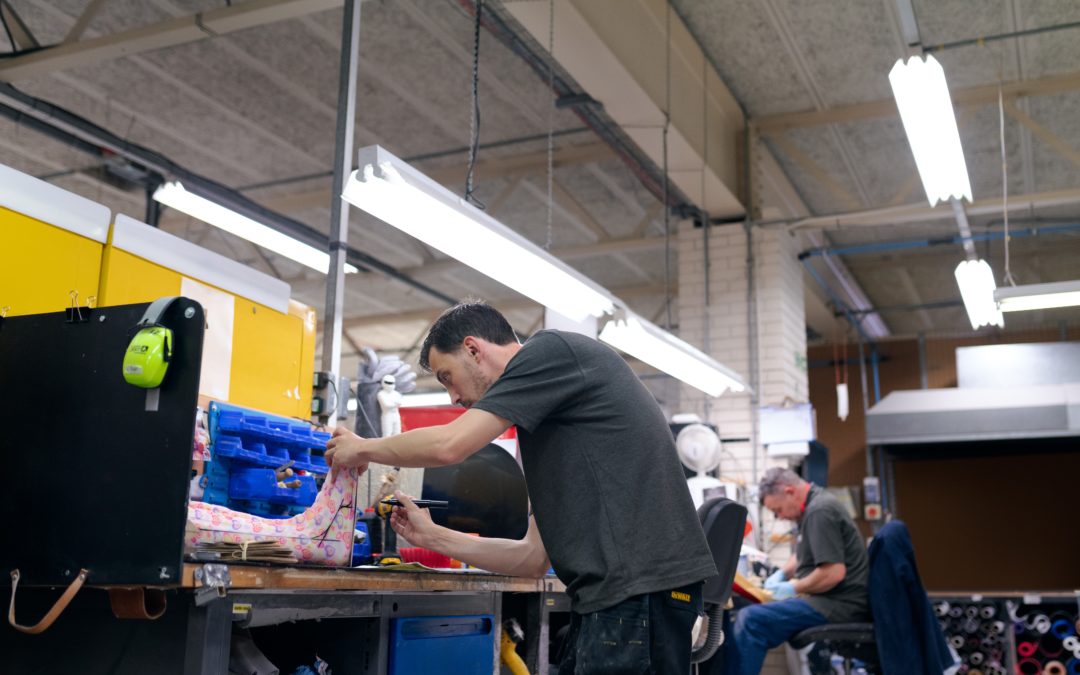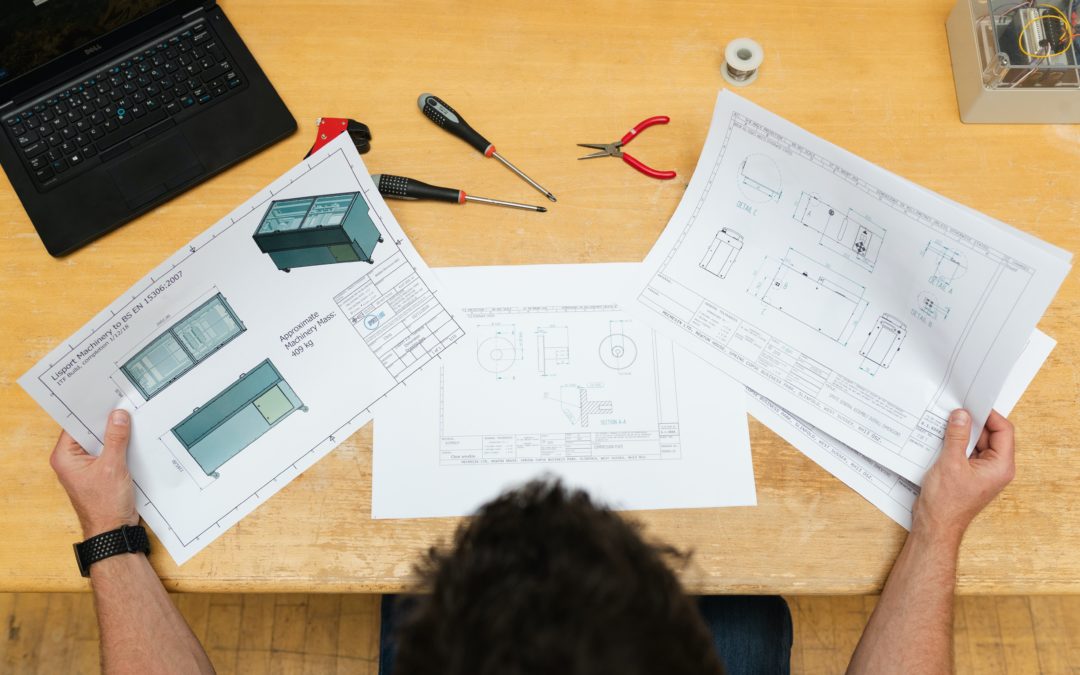
How to Test Your Cleanroom Classification
Every cleanroom requires periodic testing to make sure it reaches the necessary particle count allowances for its cleanroom classification. A cleanroom is initially certified once it’s built, and then needs to be retested every 6 to 12 months to ensure it continues to comply with stringent requirements for cleanliness and control. Let’s go over what your cleanroom needs to test its cleanroom classification and how you can test your cleanroom yourself using a particle counter.
Cleanroom Classification Testing Requirements
Document ISO 14644-2, Cleanroom Testing and Compliance, stipulates that all cleanrooms regardless of classification level must be routinely tested for quality. Particle count tests must be performed annually for cleanrooms ISO Class 6 and above, or biannually for ISO Class 5 and below.
Other recommended tests for cleanrooms include:
- installed filter leakage
- containment filter leakage
- recovery
- airflow visualization
Acceptable Particle Count for Your Cleanroom Classification
All cleanrooms have different levels of cleanliness they must reach, as outlined in their cleanroom classification. Careful monitoring and adherence to particle counts helps to maintain cleanliness and quality across ISO cleanroom classifications.
Here are the accepted levels of particles in each ISO class, designated by number and size:
| ISO 14644-1 Cleanroom Standards | |||||
| Class | Maximum Allowed Particles (per m3) | ||||
| ≥0.2 µm | ≥0.3 µm | ≥0.5 µm | ≥1 µm | ≥5 µm | |
| ISO 1 | 2.37 | 1.02 | 0.35 | 0.083 | 0.0029 |
| ISO 2 | 23.7 | 10.2 | 3.5 | 0.83 | 0.029 |
| ISO 3 | 237 | 102 | 35 | 8.3 | 0.29 |
| ISO 4 | 2,370 | 1,020 | 352 | 83 | 2.9 |
| ISO 5 | 23,700 | 10,200 | 3,520 | 832 | 29 |
| ISO 6 | 237,000 | 102,000 | 35,200 | 8,320 | 293 |
| ISO 7 | 2.37×106 | 1,020,000 | 352,000 | 83,200 | 2,930 |
| ISO 8 | 2.37×107 | 1.02×107 | 3,520,000 | 832,000 | 29,300 |
| ISO 9 | 2.37×108 | 1.02×108 | 35,200,000 | 8,320,000 | 293,000 |
How to Test Your Cleanroom Classification
Whether your cleanroom requires formal testing every 6 or 12 months, it’s important to know how to test the particle count in your cleanroom to make sure you are reaching the levels set by your cleanroom classification. Let’s go through the steps of how to test your cleanroom classification using a particle counter.
- Step 1: Determine how many sample locations you need by using the volume of your cleanroom in cubic meters. Many particle counters will calculate this for you after entering in the area of the space.
- Step 2: Set the particle counter to record particles of a certain size, and specify the maximum count allowed and the minimum volume to be sampled at each location.
- Step 3: Perform measurements at each sampling location. Depending on the device you’re using to measure particles, for example a handheld particle counter or a freestanding monitoring system, as well as the airflow velocity in your cleanroom, it may take varying amounts of time to collect measurements to the right volume. You may even need to take several measurements per location, after which you can average the totals.
- Step 4: Once you have collected an average measurement for each sampling location, add the measurements together and divide by the number of locations to find an average for the entire cleanroom.
- Step 5: Determine if your cleanroom meets the requirements of your cleanroom classification by consulting the table above using the number you found from your test. If your cleanroom failed, use your findings from each sampling location to determine where your cleanroom requires improvement.
Your cleanroom requires periodic testing to make sure it reaches the necessary particle count allowances and is effectively maintaining a clean, controlled environment. If you’re concerned that your cleanroom is not reaching the required particle count for your ISO class, talk to the cleanroom experts at Angstrom Technology today. We design, build, and install high-quality cleanrooms that can reach and maintain any cleanroom classification, and would be happy to professionally assess yours and help you meet your standards.





